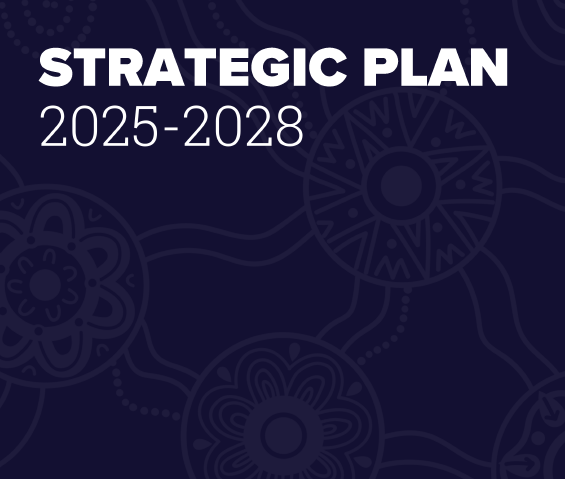This resource offers a comprehensive self-analysis tool to help your group assess each stage of the data lifecycle, enabling reflection and highlighting opportunities to strengthen community decision-making (119KB...
Gununa Peacemaking Program

Members of the Gununa community on Mornington Island (the largest of the North Wellesley Islands) recall how certain Elders – known as ‘Muyinda’ – played the part of peacemakers or ‘justices of the peace’ in the past.5Morgan Brigg, Paul Memmott, Philip Venables and Berry Zondag, “Gununa peacemaking: informalism, cultural difference and contemporary Indigenous conflict management,” Social & Legal Studies 27, no. 3 (2017): 352, [link]
Their role was to ‘promote peace, to prevent violence and manage grievances’. This includes what are sometimes called ‘square-up’ fights.6Morgan Brigg, Paul Memmott, Philip Venables and Berry Zondag, “Gununa peacemaking: informalism, cultural difference and contemporary Indigenous conflict management,” Social & Legal Studies 27, no. 3 (2017): 352, [link]
This partly physical dispute resolution process was controlled and contained to make sure the ‘square up’ was in proportion to the issue. The aim was to restore social harmony and make sure that those involved could move forward without ill feeling or an ongoing grudge.
The ‘square up’ process shows how traditionally valued events aimed at minimising physical harm and restoring relationships following conflict have a long history in parts of Australia.
While ‘square up fights’ are less common nowadays, the process of involving the Elders and family – with an emphasis on restoring harmony – remains strong. It continues to shape the Gununa community’s peace-making model.
In 2008, a peacemaking service called the Mornington Island Restorative Justice (MIRJ) project began. The MIRJ project works with Indigenous families to resolve disputes in a way that respects local culture and is accepted by the formal justice system.7“Aboriginal and Torres Strait Islander justice initiatives,” Queensland Government, updated February 2021, [link] During the project’s initial consultations, Gununa community members agreed that externally imposed peacemaking processes were not a suitable solution. Instead, there was a need for culturally appropriate and locally controlled processes.
The MIRJ project uses mediation to resolve disputes, with the help of an impartial third party. Community members see mediation as similar to the customary process of ‘square- up’. The community developed a set of rules and an 8-step kinship-based mediation model. This model draws on key principles of both mainstream mediation and customary ‘square-up’, including:
- voluntary participation
- mediator impartiality
- participant safety
- fair treatment and respect
- involvement of Elders and family relationships
- participants are free to choose their mediators.8Morgan Brigg, Paul Memmott, Philip Venables and Berry Zondag, “Gununa peacemaking: informalism, cultural difference and contemporary Indigenous conflict management,” Social & Legal Studies 27, no. 3 (2017): 352, [link]









.png)

